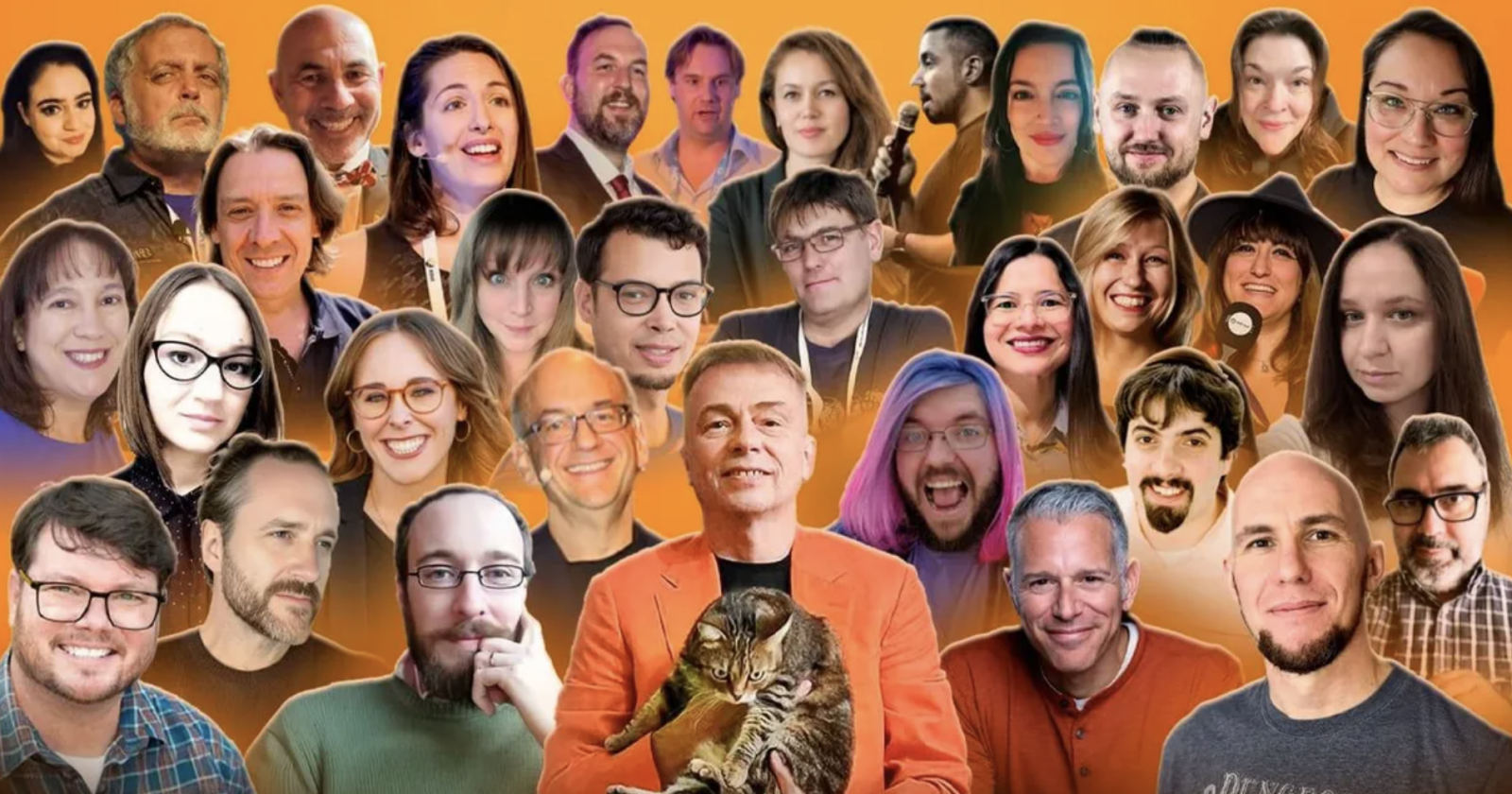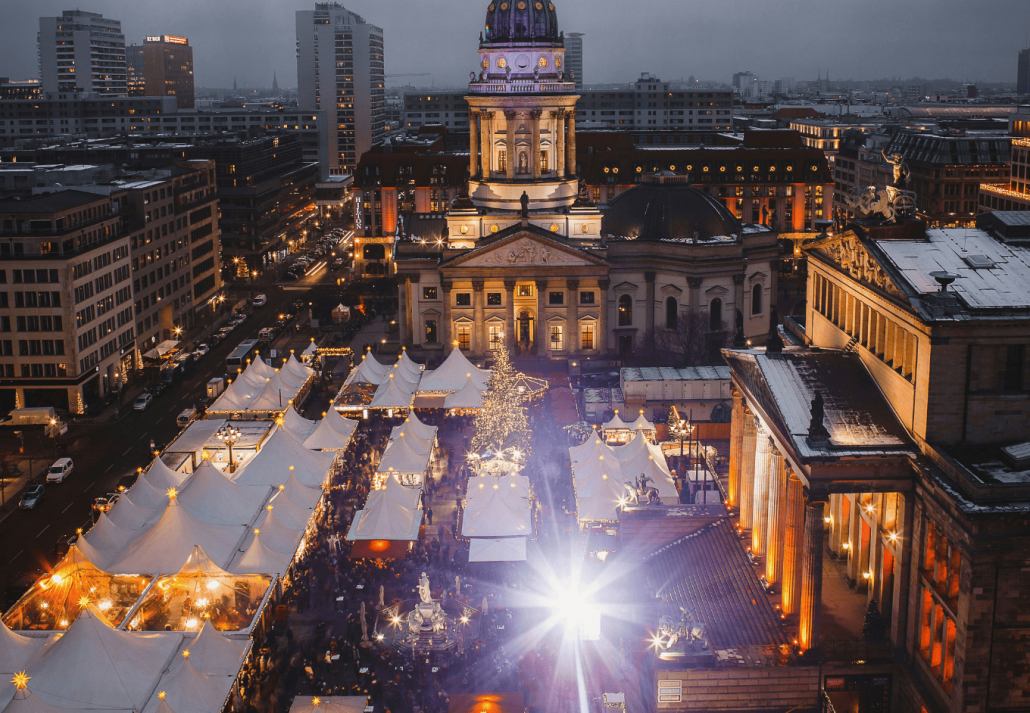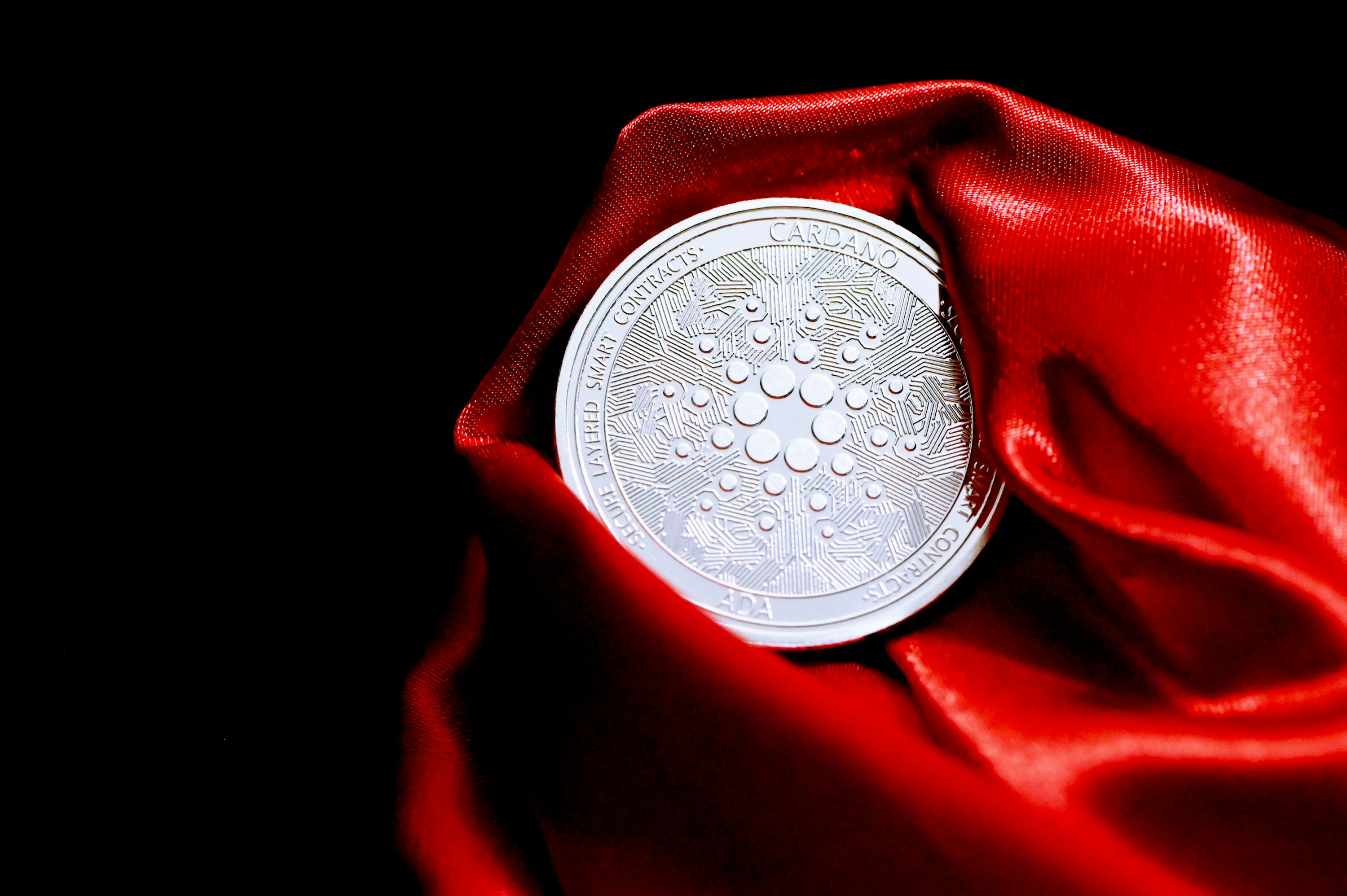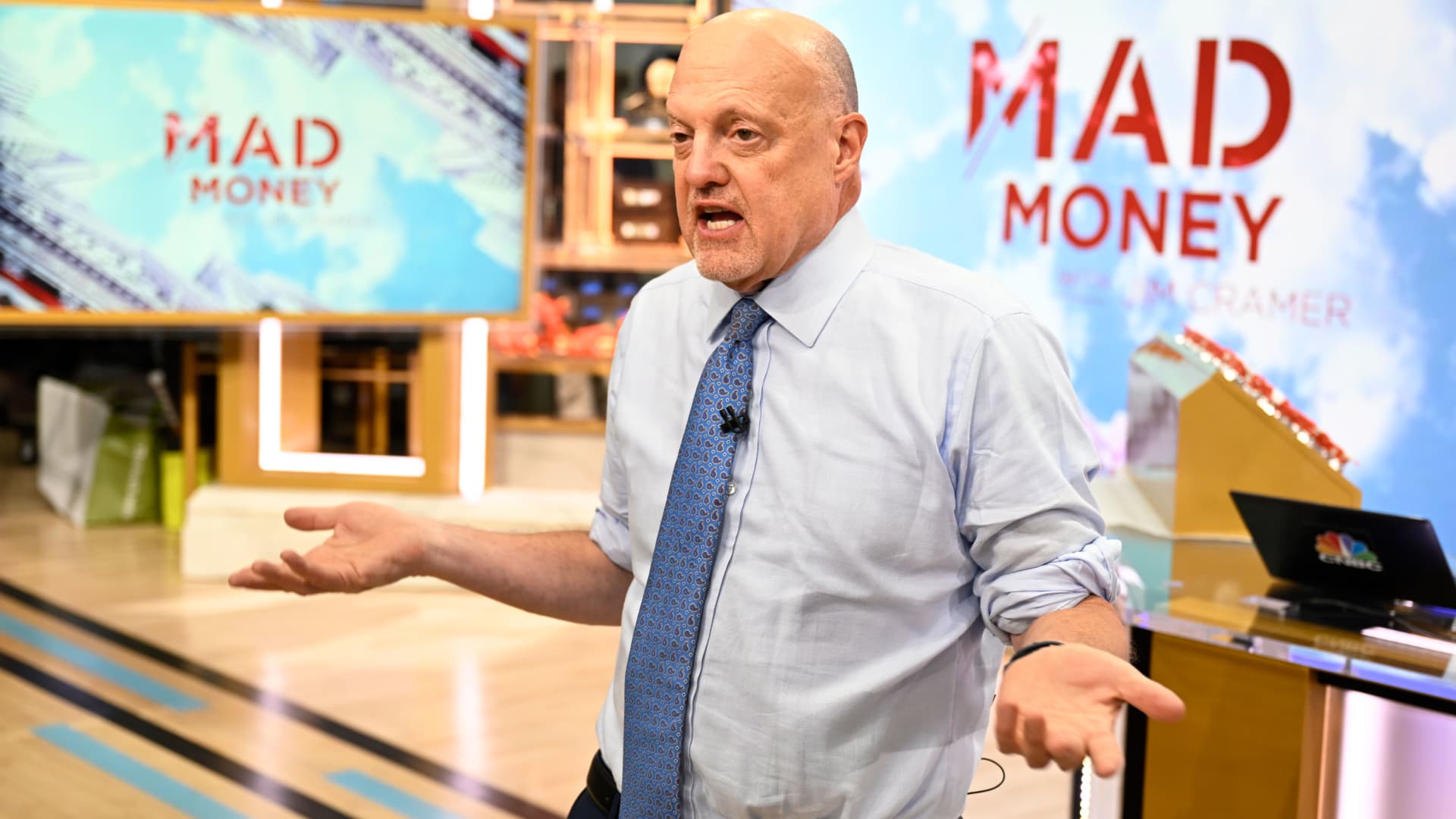The Real History of Memorial Day
Everything you ever wanted to know about Memorial Day and were probably not afraid to ask.


Credit: Stefan Zaklin/Getty Images
Anyone who grew up in this country understands Memorial Day to be a celebration of wartime sacrifice and patriotic valor. It’s a holiday with its origins in the Civil War, a time of untold division, death, and disease—but also the ostensible triumph of equality (in theory, if not remotely in practice) over slavery.
The "official" history of Memorial Day
Most people likely don’t ruminate on the origins of Memorial Day as they plan their long weekend getaways and family cookouts, but the general story goes something like this: A year after the Civil War ended, in 1866, a group of women began commemorating the 620,000 soldiers and civilians slain in the conflict or felled by disease while fighting it by laying wreaths on the graves in the hospital town of Columbus, Mississippi. In 1868, the annual day of commemoration was born, and has been celebrated ever since on the last Monday of May. General John A. Logan, a Union veteran leader, made it so, declaring “Decoration Day” a national holiday.
While all of that is true, it’s technically a piece of revisionism (as evidenced by the multitude of towns who lay claim to the first Memorial Day tributes), and one that places white people at the forefront of a cherished American pastime. The official story erases what the Yale historian David W. Blight has long argued are the original roots of Memorial Day—a tribute orchestrated by Black members of the Union Infantry that’s been drained of color, so to speak, by time and the whitewashing of history.
Why do we celebrate Memorial Day?
Unlike Veterans Day, which pays homage to all military service members at home and abroad, Memorial Day actually applies specifically to the Civil War. Separated from the carnage by nearly 200 years, it’s hard to imagine that the U.S. was formerly wedged apart by two independent governments, divided not only by opposing ideologies, but by the agrarian economy of the South and the ascendant industrialism of the North. (Though, admittedly, it is getting easier to imagine all the time.)
The Civil War remains the deadliest conflict in U.S. history, with over 620,000 civilians and soldiers dying, whether from battle or disease, between the start of the war in 1860 and the liberation of the slaves in 1865. The death toll was exacerbated by the Union and Confederacy both technically fielding American troops, as well as 19th century methods of warfare that led to much more direct confrontation on the battle field.
The scale of destruction is near-unfathomable in modern terms: The total population in 1860 was around 31 million people, putting the death toll at two percent of that total. Towns lay in ruin across the South, as viscerally described by historian David W. Blight for the Zinn Educational Project in 2011.
At the end of the Civil War the dead were everywhere, some in half buried coffins and some visible only as unidentified bones strewn on the killing fields of Virginia or Georgia. Americans, north and south, faced an enormous spiritual and logistical challenge of memorialization.
Traditionally, Memorial Day marks a day of mourning for the lives lost on both sides of the conflict. According to Blight’s research, however, its foundation rests on the actions of freed enslaved people and their symbolic tributes to fallen Union soldiers.
Memorial Day really started in Charleston, South Carolina
In some ways, the Civil War is bookended by Charleston: It was where the conflict’s first shots rang out at Fort Sumter in 1861, and it was the city that saw thousands of freed enslaved people pay the first tributes to the war’s fallen amid rubble-strewn streets some four years later.
The city had been vacated by most of its white residents in the latter days of the war, but many of its Black denizens stayed. Among the first Union forces to enter Charleston was the Twenty-First U. S. Colored Infantry, which quickly accepted the city’s surrender, Blight writes.
In the intervening days, these freed men and women “conducted a series of commemorations to declare their sense of the meaning of the war,” but none were as poignant or as indicative of the conflict’s immeasurable suffering as a tribute made at the city’s Washington Race Course and Jockey Club. The site had been converted into a prison by the Confederacy during the war, with at least 257 Union soldiers succumbing to disease and exposure there, their bodies piled into mass graves.
Many of the still-exposed bodies were given a proper burial by a number of Black workmen who erected a fence around the burial ground and an archway, emblazoned with “Martyrs of the Race Course,” Blight’s research indicates. After that, several efforts to memorialize the dead ensued, including a massive parade of 10,000 people on the site of the race course and another march on May 1, led by a procession of 3,000 Black school children singing “John Brown’s Body,” a processional honoring the famed abolitionist.
Blight details the scenes that followed:
The children were followed by several hundred black women with baskets of flowers, wreaths and crosses. Then came black men marching in cadence, followed by contingents of Union infantry and other black and white citizens. As many as possible gathering in the cemetery enclosure; a childrens’ choir sang “We’ll Rally around the Flag,” the “Star-Spangled Banner,” and several spirituals before several black ministers read from scripture.
The parade dispersed, giving way to picnics and social gatherings—the very stuff we now recognize as the lifeblood of Memorial Day. These were the nascent beginnings of the annual celebration, first christened as a nationally recognized observance two years later, in 1868. The day’s roots as a tribute paid by the recently freed Black men and women of the south have been erased by over a century of objections from ancestors of Confederate families. But retracing the very first efforts to memorialize the Civil War’s dead tells a different story.
From the Civil War to great savings: modern observances of Memorial Day
It may have begun as a solemn occasion for remembering the forgotten dead of the Civil War, but in 2024 America, we mostly celebrate Memorial Day by having picnics and going shopping.
There is some annual public chiding over the lost meaning of Memorial Day, but that's an American tradition too, one that's almost as old as the holiday itself. An 1869 New York Times editorial writer was among the first to publicly wring their hands over the holiday, urging readers to "keep ever in mind the original purpose of the day, as signified by its very name," lest the holiday become “not a sacred but a sacrilegious one.”
The 1954 establishment of Veterans Day (earlier known as "Armistice Day") took some of the wind from Memorial Day's sails, and the 1971 congressional decision to schedule Memorial Day so we get a three-day weekend cemented the day as a perfect time to watch a big car race, go to the beach, or get a great deal on new TV.
This pattern of solemn remembrance becoming celebration happens, more or less, to all holidays. Time passes and people forget. But that's cool. The reason many Americans fought in wars to begin with was the belief they were helping ensure future generations' freedom to go to the lake and grill cheeseburgers for their family.
As veteran Jason Redman writes:
Enjoy that time with family. Enjoy those barbecues. Enjoy those sales. But recognize, that every barbecue, every party, every sale, every ounce of freedom and opportunity we have, came from the sacrifice of an American service member.
Noted. Now let's drink some Mai Tais.

Stephen Johnson
Staff Writer
Stephen Johnson is a Staff Writer for Lifehacker where he covers pop culture, including two weekly columns “The Out of Touch Adults’ Guide to Kid Culture” and “What People are Getting Wrong this Week.” He graduated from Emerson College with a BFA in Writing, Literature, and Publishing.
Previously, Stephen was Managing Editor at NBC/Universal’s G4TV. While at G4, he won a Telly Award for writing and was nominated for a Webby award. Stephen has also written for Blumhouse, FearNET, Performing Songwriter magazine, NewEgg, AVN, GameFly, Art Connoisseur International magazine, Fender Musical Instruments, Hustler Magazine, and other outlets. His work has aired on Comedy Central and screened at the Sundance International Film Festival, Palm Springs International Film Festival, and Chicago Horror Film Festival. He lives in Los Angeles, CA.

 ShanonG
ShanonG 


































